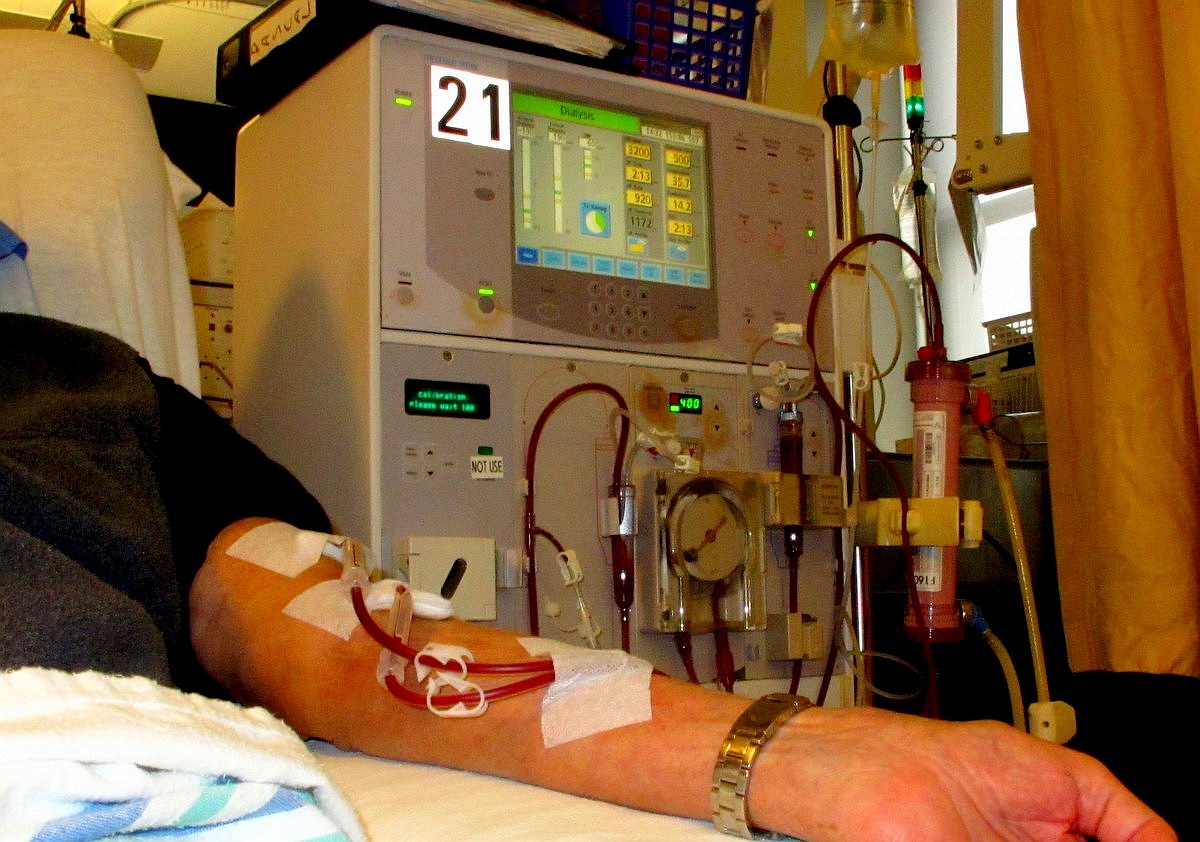I've recently had Collateral Damage recommended to me. I'm afraid I can't face reading it: just the summary is enough. Having visited Johns Hopkins, and in particular the Armstrong Institute for Patient Safety, a couple of months ago, I'm pretty confident that the terrible experience of the Walter family isn't universal, even within that one hospital, never mind nationally or internationally. And therein lies a big challenge: that there is such a wide spectrum of experiences and practices in healthcare that it's very difficult to generalise.
There are clearly challenges:
I know that I have a tendency to view things positively, to argue for a learning culture rather than a blame culture. Accounts like "Collateral Damage" might force one to question that position as being naive in the extreme. For me, though, the question is: what can society and the medical establishment learn from such an account? That's not an easy question to answer. Progress in changing healthcare culture is almost imperceptibly slow: reports such as "to err is human" and "an organisation with a memory", both published over a decade ago (and the UK report now officially 'archived'), haven't had much perceptible effect. Consider, for example, the recent inquiry into failings in Mid Staffordshire.
Bob Wachter poses the question "when is a medical error a crime?". He focuses on the idea of a 'just culture': that there is a spectrum of behaviours, from the kinds of errors that anyone could make (and for which learning is a much more constructive response than blaming), through 'at risk' behaviours to 'reckless' behaviours where major risks are knowingly ignored.
The Just Culture Community notes that "an organisation's mission defines its reason for being". From a patient's perspective, a hospital's "reason for being" is to provide the best possible healthcare when needed. Problems arise when the hospital's mission is "to generate a profit", to "advance science", or any other mission that might be at odds with providing the best possible care in the short term. The same applies to individual clinicians and clinical teams within the hospital.
I find the idea of a "just culture" compelling. It is not a simple agenda, because it involves balancing learning with blame, giving a sophisticated notion of accountability. It clearly places the onus for ensuring safety at an organisational / cultural level, within which the individual works, interacts and is accountable. But it does presuppose that the different people or groups broadly agree on the mission or values of healthcare. 'Collateral Damage' forces one to question whether that assumption is correct. It is surely a call for reflection and learning: what should the mission of any healthcare provider be? How is that mission agreed on by both providers and consumers? How are values propagated across stakeholders? Etc. Assuming that patient safety is indeed valued, we all need to learn from cases such as this.
There are clearly challenges:
- the demands of doing science and of providing the best quality patient care may pull in opposing directions: if we never try new things, relying on what is already known as best practice, we may not make discoveries that actually transform care.
- if clinicians are not involved in the design of future medical technologies then how can those technologies be well designed to support clinical practice? But if clinicians are involved in their design, and have a stake in their commercial success, how can they remain objective in their assessments of clinical effectiveness?
I know that I have a tendency to view things positively, to argue for a learning culture rather than a blame culture. Accounts like "Collateral Damage" might force one to question that position as being naive in the extreme. For me, though, the question is: what can society and the medical establishment learn from such an account? That's not an easy question to answer. Progress in changing healthcare culture is almost imperceptibly slow: reports such as "to err is human" and "an organisation with a memory", both published over a decade ago (and the UK report now officially 'archived'), haven't had much perceptible effect. Consider, for example, the recent inquiry into failings in Mid Staffordshire.
Bob Wachter poses the question "when is a medical error a crime?". He focuses on the idea of a 'just culture': that there is a spectrum of behaviours, from the kinds of errors that anyone could make (and for which learning is a much more constructive response than blaming), through 'at risk' behaviours to 'reckless' behaviours where major risks are knowingly ignored.
The Just Culture Community notes that "an organisation's mission defines its reason for being". From a patient's perspective, a hospital's "reason for being" is to provide the best possible healthcare when needed. Problems arise when the hospital's mission is "to generate a profit", to "advance science", or any other mission that might be at odds with providing the best possible care in the short term. The same applies to individual clinicians and clinical teams within the hospital.
I find the idea of a "just culture" compelling. It is not a simple agenda, because it involves balancing learning with blame, giving a sophisticated notion of accountability. It clearly places the onus for ensuring safety at an organisational / cultural level, within which the individual works, interacts and is accountable. But it does presuppose that the different people or groups broadly agree on the mission or values of healthcare. 'Collateral Damage' forces one to question whether that assumption is correct. It is surely a call for reflection and learning: what should the mission of any healthcare provider be? How is that mission agreed on by both providers and consumers? How are values propagated across stakeholders? Etc. Assuming that patient safety is indeed valued, we all need to learn from cases such as this.

